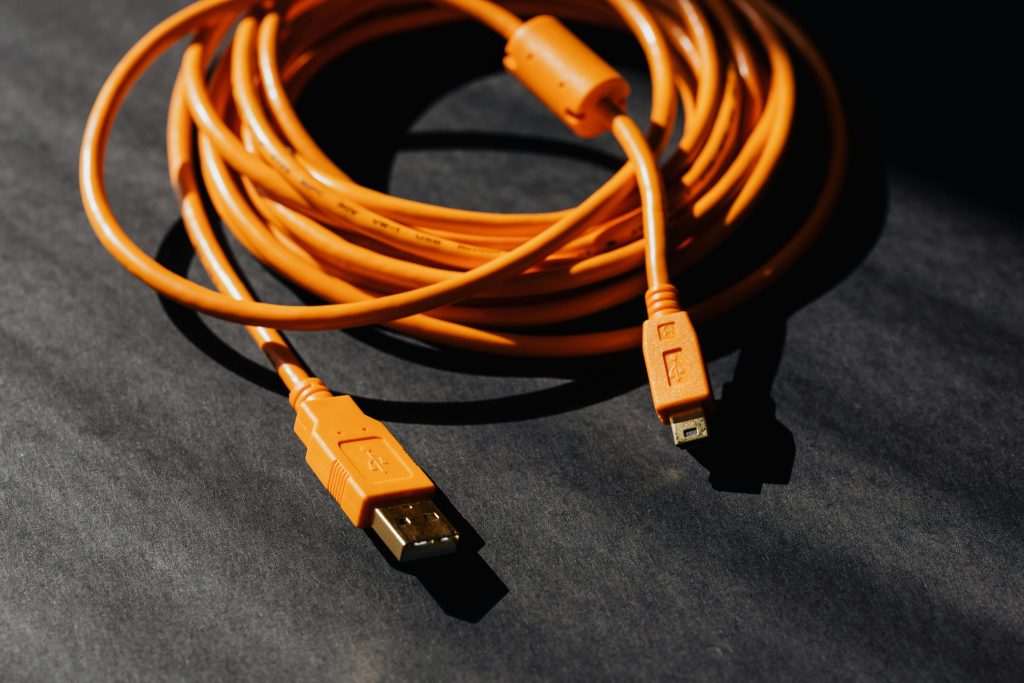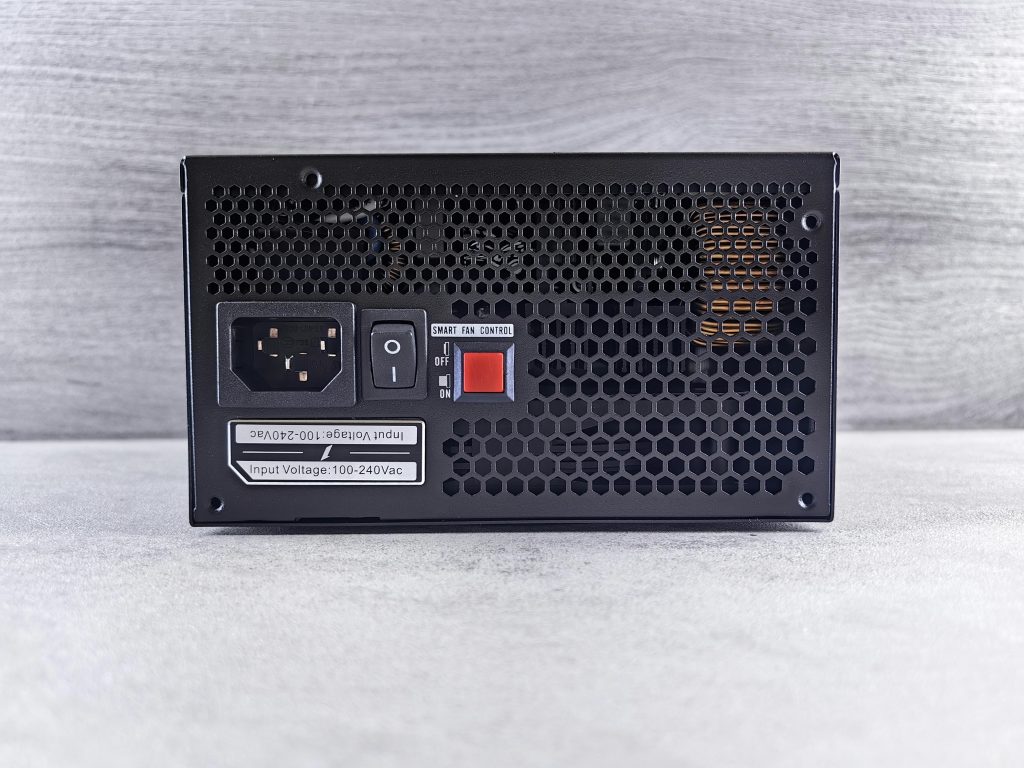Troubleshooting Sudden PC Shutdowns and Booting Issues: A Step-by-Step Guide
Experiencing unexpected shutdowns and booting problems can be frustrating and disruptive. If your computer suddenly powers off and struggles to restart, it’s essential to identify the root cause to restore stability and prevent further damage. In this guide, we’ll walk through common causes and solutions, based on a real-world case involving a recently purchased gaming PC.
Case Overview
The user reported that their PC, purchased in February, was functioning normally until a recent incident during gameplay. After downloading and playing “Ghost of Tsushima,” the system unexpectedly shut down, then rebooted automatically. The issue persisted, with the PC failing to start properly multiple times, ultimately requiring about 15 minutes of waiting before eventually booting successfully.
System Specifications
- CPU: Intel Core i5-12400F
- GPU: AMD RX 6600
- RAM: 16GB DDR4 (3200MHz, single stick)
- Storage: NVMe SSD 1TB (NV3, M.2 2280 PCIe 4.0)
- Power Supply: RAIDMAX 650W (RAIDMAX 650XTB)
- Case: RAIDMAX Vector V155
Possible Causes and Troubleshooting Steps
- Overheating
Gaming and intensive tasks can cause components, especially the CPU and GPU, to overheat. Elevated temperatures may trigger automatic shutdowns to protect hardware.
Check Temperature:
– Use software like HWMonitor, Core Temp, or MSI Afterburner to monitor real-time temperatures.
– Ensure that your PC’s cooling system (fans, heatsinks) is clean and functioning properly.
– Verify that the case airflow is adequate, with unobstructed vents.
Action:
– Clean dust from fans and heatsinks.
– Replace or upgrade CPU/GPU thermal paste if needed.
– Improve case ventilation if temperatures are high.
- Power Supply Issues
An unstable or insufficient power supply can cause random shutdowns and boot failures.
Check Power Connection:
– Ensure all power cables are securely connected.
– Test with a different power outlet if possible.
Test PSU:
– Use a power supply tester or swap in a known-good power supply to determine if your current unit is faulty.
- Hardware Compatibility and Faults
Since the system is relatively new, hardware faults could be the culprit.
Memory (RAM):
– Faulty or incompatible RAM can
Share this content:



